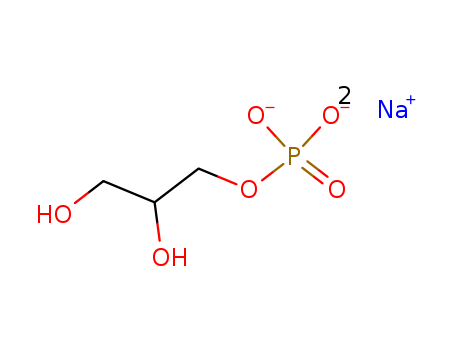10.1007/BF00764628
The study focuses on the synthesis and biological activity of the trimethylsilyl ether of Vitamin D2, a compound of interest due to its potential to increase the stability of antirachitic preparations. The researchers synthesized Vitamin D2 trimethylsilyl ether (I) using a reaction involving hexamethyldisilazane and trimethylsilyl chloride, and then assessed its biological activity through various tests including calcium and phosphorus levels in blood, alkaline phosphatase activity, and the presence of a specific calcium-binding protein in the duodenal mucosa of Leghorn chicks. The results showed that the biological activity of the etherified Vitamin D2 was comparable to the non-etherified form, with some differences attributed to molecular mass and equimolar amounts. The study also examined the stability of the preparation over a six-month storage period, finding that the etherified form demonstrated greater stability, which was hypothesized to be due to the protective effects of the trimethylsilyl group against oxidation and degradation. The findings suggest that the use of silylated derivatives could reduce the loss of Vitamin D2 during storage, thereby increasing its economic value.



 Xn,
Xn, F
F


